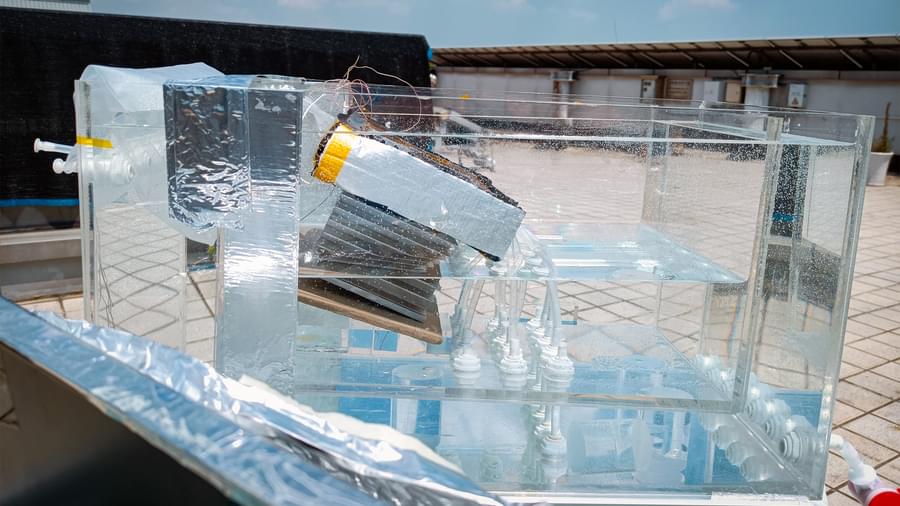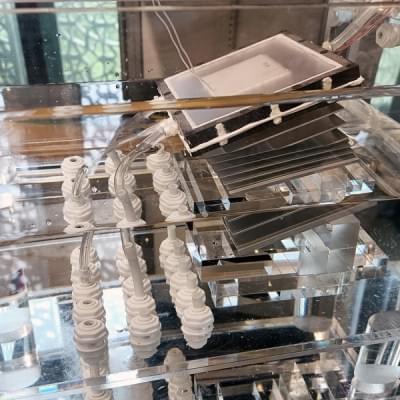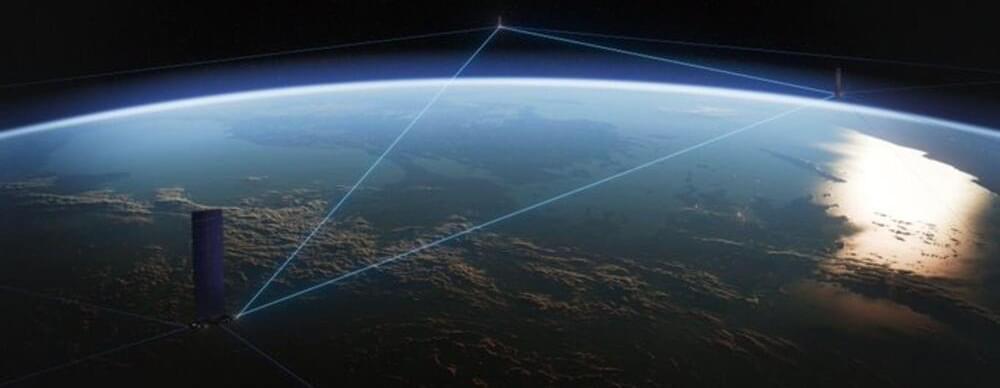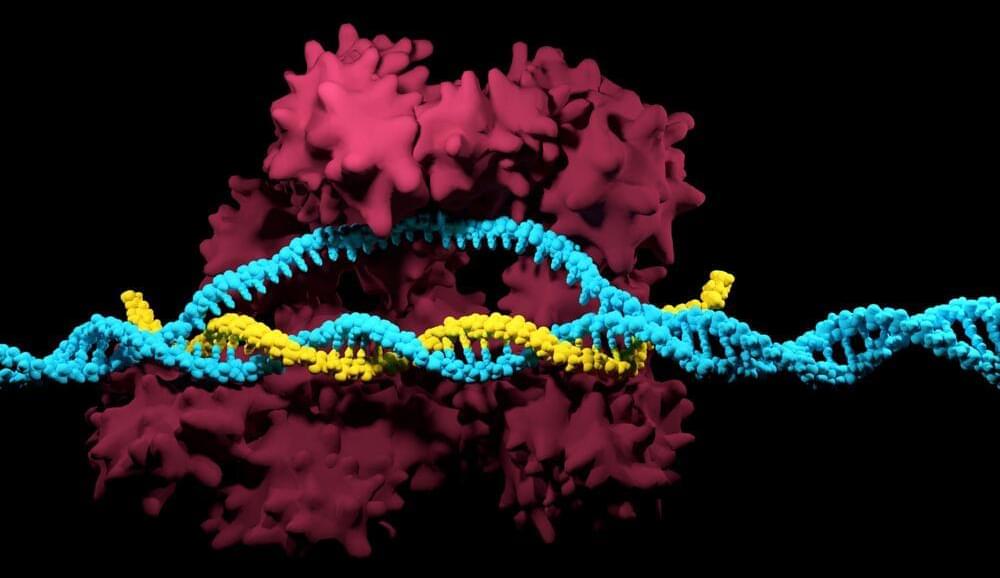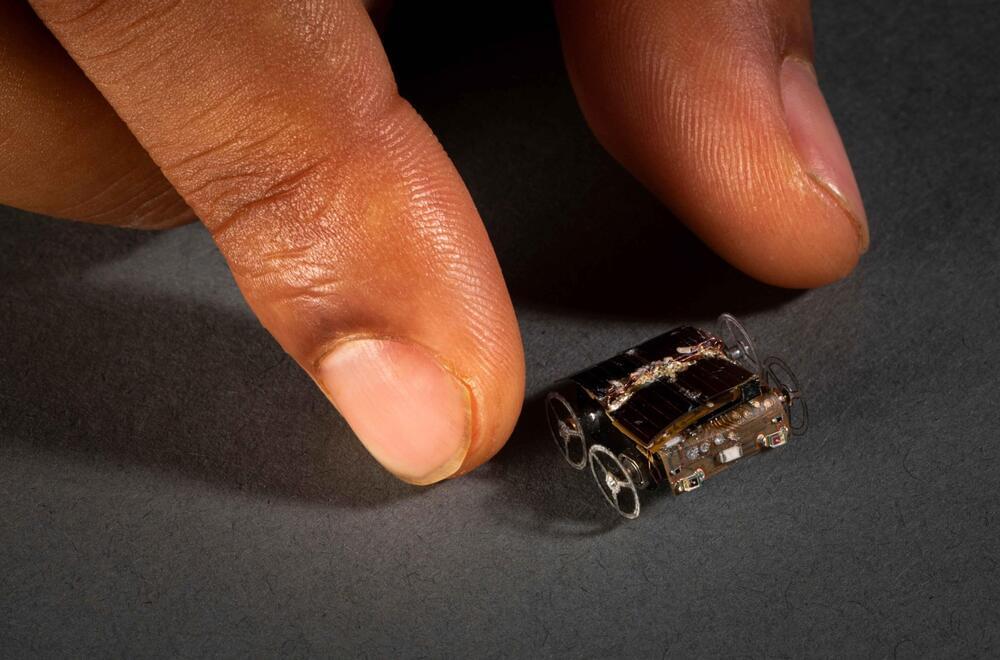There’s no shortage of stories about young, hyper-successful entrepreneurs. From the Forbes’ 30 Under 30 lists to films like “The Social Network”, these stories offer an alluring blueprint for early success: dream huge, work hard, and soon enough you too can get filthy, tech-titan rich.
You’re less likely to hear the more common story: a young entrepreneur starts a new business, accrues debt, runs out of luck, gets demoralized and then, reluctantly, takes on a regular job. What explains the frequency of these crash-and-burn stories? It seems the problem doesn’t lie in the pursuit of entrepreneurism, but rather in the age at which entrepreneurs start launching businesses.
That’s the takeaway of a recent study that found the mean age for the 1-in-1,000 fastest growing new ventures to be 45 years. This finding held true across “high-technology sectors, entrepreneurial hubs, and successful firm exits.” So, although conventional thinking tends to paint the young generation as uniquely creative innovators and (sorry in advance) Big Thinkers, it seems that older generations are more likely to possess traits that facilitate entrepreneurial success.



